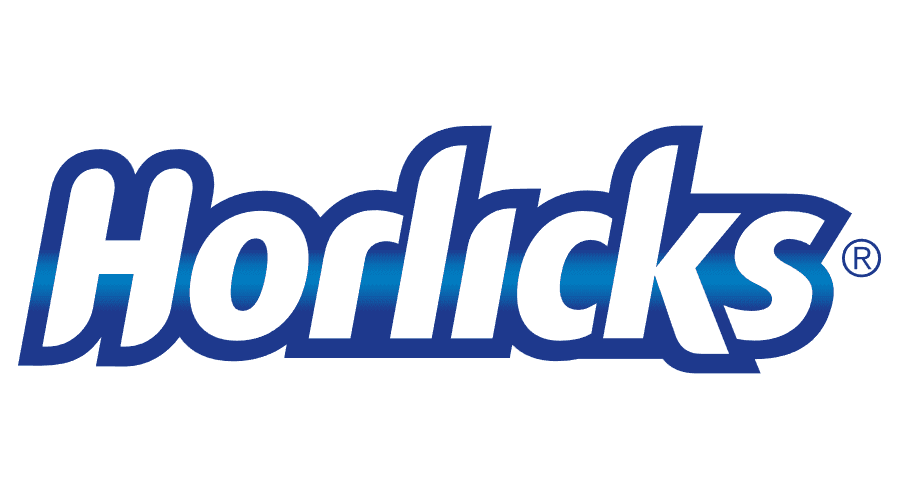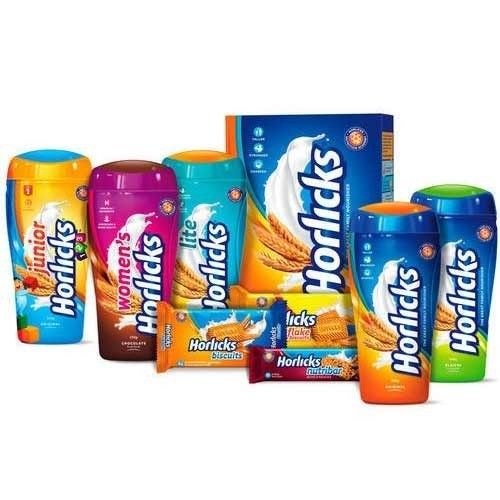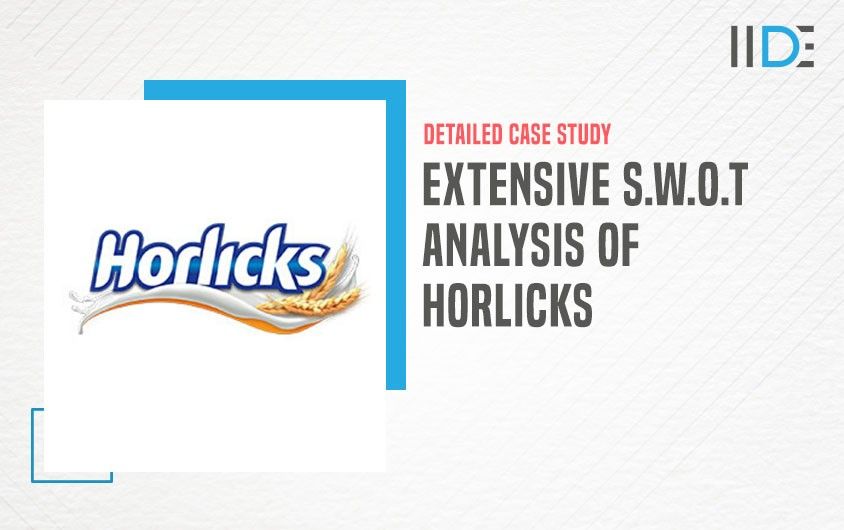About Horlicks

Horlicks is a sweet malted milk hot drink powder created by James and William Horlick, the company’s founders. It was originally marketed as “Horlick’s Infant and Invalids Food,” but the company soon added “aged and travellers” to their label. It was promoted as a powdered meal replacement drink mix in the early 20th century.
It has a large market share and high penetration in countries such as India and the United Kingdom. It is currently present in approximately 13 countries, including the United Kingdom, India, Pakistan, Malaysia, Australia, New Zealand, etc.
It is sold as a dietary supplement in the United Kingdom, Malaysia, Australia, New Zealand, Hong Kong, Bangladesh, India, Sri Lanka, and Jamaica. It was originally available in Kenya in the 2010s, but due to low sales, it was then withdrawn.

Horlicks arrived in India with the British Army, and Indian soldiers from the British Indian Army brought it back as a food supplement after the end of WW I.
It was first introduced in the Punjab, Bengal, and Madras Presidencies, and many well-to-do Indians began to drink it as a family drink in the early 1940s and 1950s. It became a prestigious symbol for upper-middle-class Indians and the wealthy. The malt was the first flavour accessible in India, just as it was in the United Kingdom.
Now that we’ve covered the company’s fundamentals, let’s look at Horlicks’ S.W.O.T analysis in the section below.
SWOT Analysis of Horlicks
A SWOT analysis determines a company’s strengths, weaknesses, opportunities, and threats in comparison to its competitors.
It’s an excellent tool for determining where the firm thrives and where it falters, designing countermeasures, and determining how the organization may expand. So, in the part below, we’ll look at Horlicks’ SWOT analysis.
1. Strengths of Horlicks
Strengths are an organization’s distinguishing qualities that provide it with a competitive advantage in acquiring more market share, attracting more customers, and maximizing profitability. Some of Horlicks strengths are as follows:
- Strong Market Share: Horlicks has a strong market share in the countries where it is available, such as the United Kingdom and India, where it holds more than 45 % share of the market. The company benefits from a large market share in terms of revenue and cash flow.
- GSK as a parent company: Horlicks is part of GSK’s consumer product arsenal. GSK provides strong financial support as well as distribution support for the brand.
- Horlicks has multiple product offerings based on target group: Horlicks has different products for different target groups. It has products for children, mothers, and women. This expands its customer base while also strategically benefiting Horlicks.
- Multiple Variants: Horlicks offers a host of variants that target different market segments. Its offerings vary geographically; for example, in the Indian market, it offers a special Badam Kesar (Almond-Saffron) offering, since that is a flavour Indians seek.
- Strong Distribution Network: Horlicks is driven by GSK’s strong distribution network, which allows it to penetrate the market and reach out to both urban and rural consumers.
2. Weaknesses of Horlicks
Next under the SWOT Analysis of Horlicks, we have its weakness. A company’s or brand’s weaknesses are elements that need to be improved. So let’s take a look at some of Horlicks weaknesses:
- Overly reliant on a few countries: Horlicks has a strong presence in countries such as India and the United Kingdom, which contribute a significant portion of its revenue. This demonstrates Horlicks’ reliance on these countries, and any economic, political, or social change in these countries can have an impact on Horlicks and its business.
- Low Global Presence: Horlicks has a limited global presence, with a presence in only 13 countries. It is overly focused on its current markets and misses out on opportunities in other markets.
3. Opportunities for Horlicks
Opportunities are places where a company might concentrate its efforts in order to enhance results, sales, and, eventually, profit. So, let’s have Horlicks opportunities that can produce outstanding achievements.
- Product line expansion: Horlicks has gained the trust of both children and their mothers. This can assist Horlicks in developing new health-focused products. Horlicks can use its brand image to launch new products that will increase revenue.
- Global Expansion: Horlicks should consider expanding in Europe and America, particularly in countries where GSK products are well-established. This can help to boost revenue and broaden the customer base.
- Increased penetration in emerging markets: Consumption habits in emerging economies are changing. Emerging economies provide opportunities for the company to expand in the future due to changing lifestyles and increased disposable incomes.
4. Threats to Horlicks
Threats are environmental factors that can inhibit a company’s expansion. The following are some of Horlicks threats:
- Intense competition: Horlicks faces powerful competition from Cadbury’s Bournvita, Milo, Complan, & Maltova and such competition has an effect on the market share and the revenue.
- Other Nutrition Drinks: There is a risk that consumers will switch from malted drinks to other healthy nutrition drinks such as natural or packaged juices, processed milk, and so on.
Now that we’ve thoroughly explored the SWOT Analysis of Horlicks, let’s wrap up the case study in the section below.









